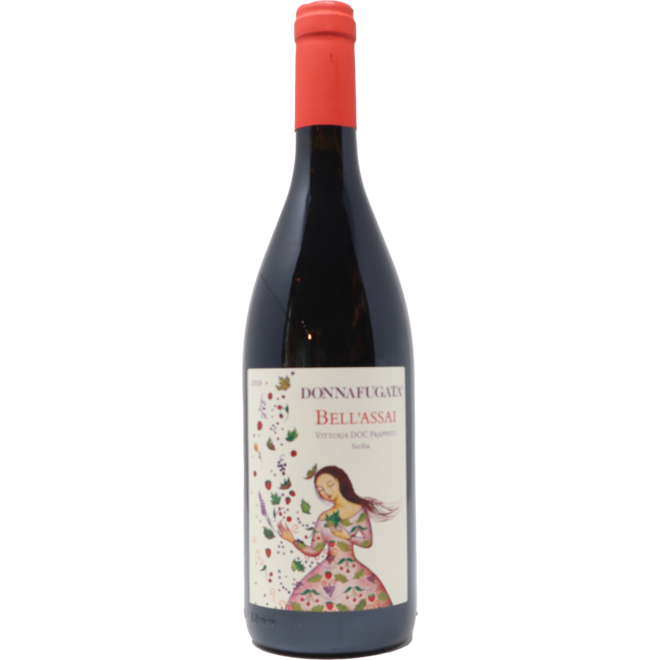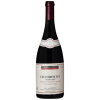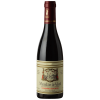2018 Donnafugata Frappato Bell’Assai
2018 Donnafugata Frappato Bell’Assai This 2018 vintage features intense floral notes of violet and rose on the nose, as well as fruity hints of raspberry and strawberry. It is fresh and fragrant and with a soft tannin that enhances its pleasantness.
Donnafugata
The name Donnafugata comes from the novel by Tomasi di Lampedusa entitled Il Gattopardo (The Leopard). A name that means “donna in fuga” (woman in flight) and refers to the story of a queen who found refuge in the part of Sicily where the company’s vineyards are located today. An adventure that inspired the corporate logo: a face of a woman with windblown hair, a face that is also that of Gabriella Rallo the “donnafugata” (woman in flight).
Donnafugata produces its grapes respecting nature. In the vineyard it does not use herbicides and chemical fertilizers and minimizes the use of phytopharmaceuticals. It rationalizes the use of resources such as soil, water, air and energy, with the use of green manure, organic fertilization, cluster thinning and emergency irrigation. The winery, for the safeguarding of biodiversity, has created two experimental fields, in Contessa Entellina and Pantelleria, aimed at the enhancement of autochthonous varieties, some of which are “relic.”
Southern Italy
Southern Italy is the toe, heel, and ankle of the Italian “boot” where we find the regions Campania, Basilicata, Puglia, Calabria, and Sicily as well as the distant relative Sardegna. There are scores of fascinating indigenous grape varieties here, different winemaking traditions and styles are defining each region, and the wines are often less expensive than their Northern counterparts.
Puglia and Sicily are producing huge volumes of wine, and they are battling to be the second biggest wine producing region in Italy. The hot climate is reflected in the wines and they are famous for their inexpensive, full bodied, warm, and fruit forward red wines based on Primitivo and Nero d’Avola. Less famous yet very interesting are the Sicilian wines from Mount Etna. The higher altitude yields wines that are lighter, fresh and complex. The indigenous grape Nerello Mascalese offers some fine examples.
Related products
Wines!
SAVE 36% 98pts Andrew Jeffords Decanter
95 Jeb Dunnuck | 93 James Suckling | 95 Robert Parker's





